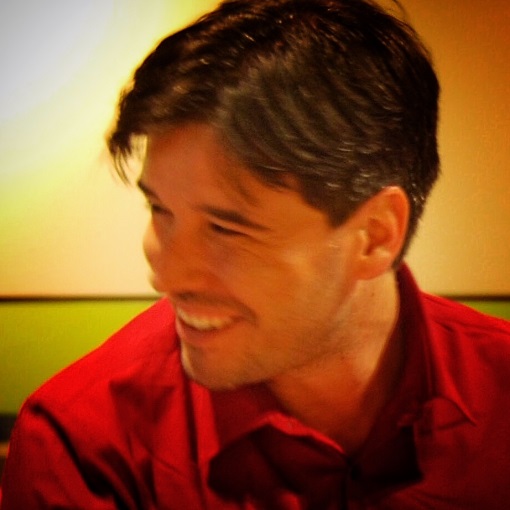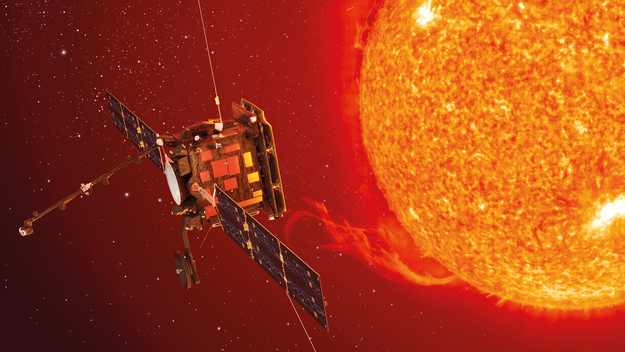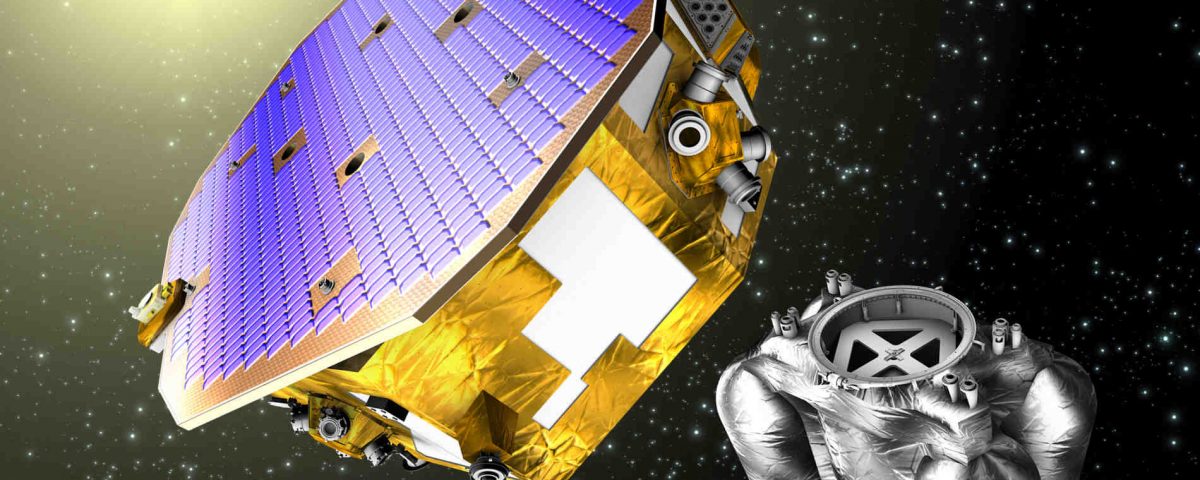
New Business Manager
1st November 2015
Wins Q1 2016
1st April 2016Aurora has supported ESA’s LISA Pathfinder mission since 2007 through the provision of an Operations Scientist, Dr. Michele Armano. LISA Pathfinder will pave the way for future missions by testing in flight the very concept of gravitational wave detection: it will put two test masses in a near-perfect gravitational free-fall and control and measure their motion with unprecedented accuracy. LISA Pathfinder will use the latest technology to minimise the extra forces on the test masses, and to take measurements. The inertial sensors, the laser metrology system, the drag-free control system and an ultra-precise micro-propulsion system make this a highly unusual mission.
Michele Armano said
It’s a true privilege to see this spacecraft on the launch-pad after so many years working on its concept and realisation.
LPF is a unique geodesy explorer: its role is crucial in view of any observatory in space to apply a LISA–like metrology concept. There are many ground-based gravitational waves detectors but there’s no such thing in space yet. While LPF is a technology demonstrator and will be blind to gravitational waves – it’s the first, and only, sign of our challenging gravity in the element where she normally wins: space. LPF pushes us forwards from ESA’s mission GOCE. The amount of physics it can explore on-board to reduce unwanted noise into the stillness we need to see gravitational waves is truly remarkable. LPF successfully launched in the early morning of the 3rd of December, as for every pioneering mission, once it shows its metal, LPF will have many new friends knocking at its door, the door towards gravitational astronomy and cosmology from space.
LSE Space are also supporting the LEOP at ESOC.
The support has been carried out under a programme and funded by the European Space Agency. ESA disclaimer – “The view expressed herein can in no way be taken to reflect the official opinion of the European Space Agency.”


